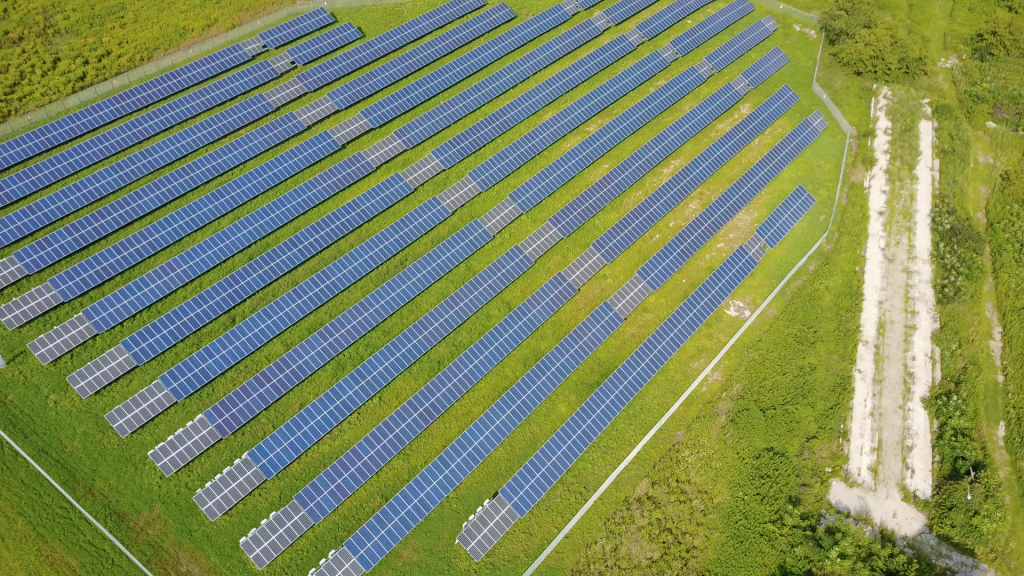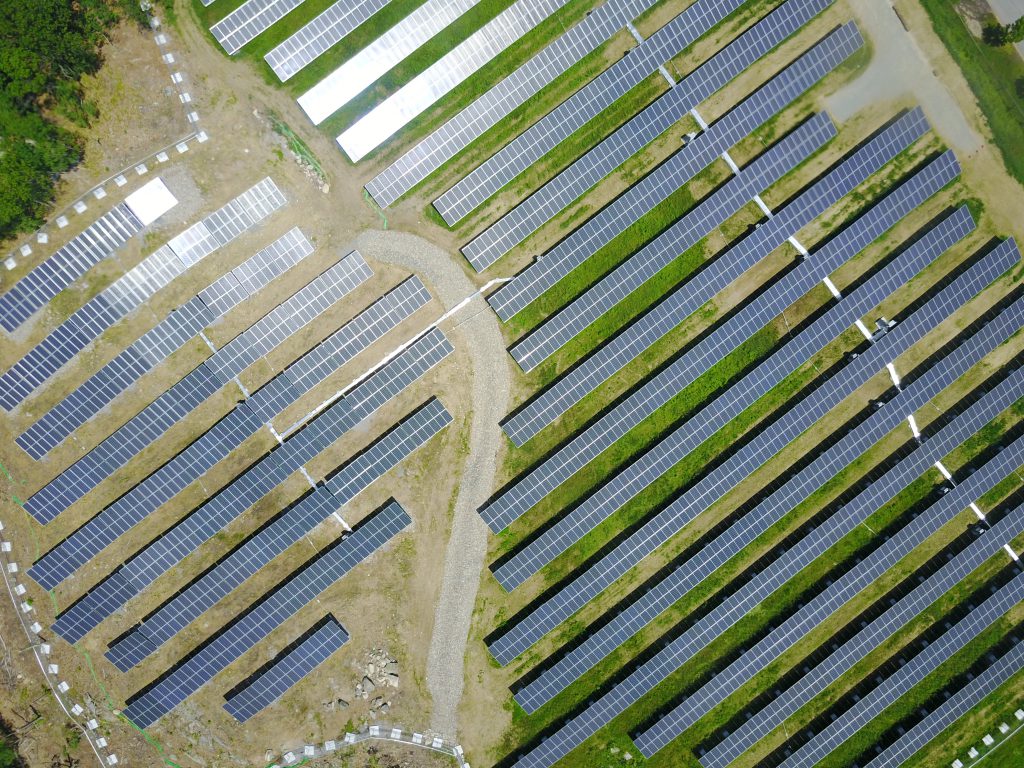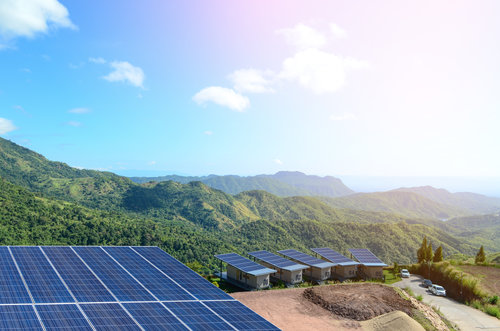A version of this post originally appeared on Solar Power World.
Despite the threat from tariffs, data from the Smart Electric Power Association (SEPA) shows community solar capacity has astoundingly doubled to 730 MW in 2017.
As of today, community shared solar is available across 42 states, yet you will find that contract terms vary widely from project to project.
The most common community solar contracts can fit under three main categories: ownership, long-term with a strict cancellation policy, and short-term with a flexible cancellation policy.
Having led the marketing efforts at Solstice, a social enterprise that connects communities to a local solar garden, I have seen first-hand how the specific type of contract can have an enormous impact on the customer, the developer, and the financier. But there’s a disconnect between the desires of those parties.
Short-term contracts with a flexible cancelation policy are by far the most preferred choice by customers. On the other hand, financiers prefer long-term contracts with a strict cancellation policy.
There’s a disconnect between the desires of the customer and the solar financier.
Having reached more than seven million households across the US and nearly every active community solar developer, we have discovered an ideal contract framework that allows developers, and financiers to achieve their true growth potential.
Let’s take a look and see what this contract looks like.
Table of Contents
The Ideal Community Solar Contract to Bring Solar to the Masses
Contract Length Long-term contracts create an additional sense of security for solar developers and financiers, who aim to minimize financial risks through low churn rates.
However, long-term contracts can be a double-edged sword as the number of people who are willing to sign up for a long-term contract is considerably lower.
With a smaller addressable market, acquisition costs will increase as it becomes harder to acquire and replace customers that are willing to sign up to a long-term contract.
In our experience, we’ve seen that 50% of customers will decline to join a community solar project due to its contract length.
For the customer, the ideal community solar contract would be one year in length with the option to auto-renew at the end of each term.
This creates a safety net for subscribers by giving them a guarantee that their savings will stay consistent over a period. As seen through Ambit’s recent $9.3 million class-action settlement, consumers are appalled at the escalating teaser rates used by some energy service companies (ESCOs), which can sometimes double after the first month of sign up.
In addition, one-year contracts are more flexible than long-term contracts. A combination between the flexibility and security of one-year contracts encourage more customers to go solar.
Therefore, short-term contracts have the potential to increase the market size for developers, allow more projects to be developed, and keep acquisition costs controlled.
Additional fees
By removing all additional fees like upfront costs and early cancellation penalties, developers can lower the barriers to entry for community solar subscribers.
Lower entry barriers make it easier for customers to subscribe to a project as the reward outweighs the perceived risks.
The easier it is for customers to subscribe, the shorter the sales cycle—making it much cheaper and simpler for the project owner or its customer management partner to find a replacement for a newly vacant spot.

Therefore, the churn that results from one-year contracts with no cancellation fees is considerably lower than the waitlist that project can attract. The right customer management partner can easily replace routine customer churn with no additional cost to developers and financiers.
At Solstice, I can personally say that we’ve seen minimal churn with one-year contracts.
Acquiring the right subscribers is a much more powerful way to prevent churn, rather than steep cancellation fees.
As ESCOs have proved, tricking people into signing-up for a project does not work in the long run. However, bringing the right people in with an attractive value proposition and allowing them to fall in love with your mission, will increase the lifetime value of subscribers. To ensure this happens, it is crucial that the sales and marketing teams treat subscribers with the highest level of integrity.
Credit score requirements
80% of Americans cannot access rooftop solar, but community solar has the opportunity to reach these 90 million households. The total addressable market is much larger than traditional rooftop solar.
However, credit score requirements can shrink the pool of available households that can subscribe to a project. Therefore, it is important for developers and financiers to evaluate the impacts of credit score requirements on community solar projects.
Data from the Corporation for Enterprise Development shows that 56% of consumers have subprime credit scores, and 14% do not have a credit score at all.
Imposing steep credit score requirements will exclude 70% of the population from community solar. Unfortunately, these are the people who need energy savings the most.
At the same time, the developer or financier establishes credit score requirements to ensure that subscribers pay their bills on time and do not default on any payments.
As a way to balance these two needs, Solstice has developed the EnergyScore—a more inclusive, accurate and scalable predictor of utility bill payment performance than a traditional credit score. This will allow developers to extend the opportunity to go solar to qualified low- or no-credit households while decreasing overall project risk.
The vast majority of community solar projects impose a 650 to 700 FICO score requirement on customers. Yet FICO doesn’t measure whether customers pay their utility, rent or cell phone bill on time. Millions of Americans with a FICO credit score less than 700 still pay these bills on time and would be reliable community solar customers.
Given that the EnergyScore is more accurate and more inclusive than FICO, the ideal community solar project will not have credit score requirements. Instead, the perfect project will adopt the EnergyScore as the primary qualification metric.

Amount of savings
Community solar projects are more lucrative for developers and financiers to build than other types of solar, which is why they can offer it as a cheaper power alternative compared to utility companies.
Based on one of our recent customer studies, people prefer to subscribe to a project with 10% savings rather than a project with a low single-digits savings percentage. This is the ideal balance between what can draw interest from a subscriber, and what a developer can offer yet remain profitable.
While some community solar projects charge subscribers a premium to join, most are not willing to subscribe to a project with the same terms as a rooftop system if they are not getting the same financial or ownership benefits.
While offering long-term contracts with a strict cancelation policy allows developers and financiers to have a perceived layer of security, one should consider that these contract terms end up increasing acquisition costs and churn rates. The additional security (and short-term revenue) can easily be wiped out by the increase in expenses.
Contract terms that appeal to more customers create a new opportunity for developers and financiers to grow faster, as they can offer community solar to the masses.
Delaware River Solar (DRS), a partner developer of Solstice, has a deep understanding that a customer-focused approach will allow them to capture a broader market share, more profit, and be able to grow faster than the competition. Our latest project with them offers customers a one-year term with flexible cancelation.
As of today, DRS has more than 30 projects in the pipeline, making them a success story on how a consumer-centric approach in the community shared similar industry leads to higher profits.
Why Do Financiers Prefer Long-Term Contracts? Will Their Preferences Shift?
Community solar can only scale and spread to all Americans if the product itself makes sense to all stakeholders.
Financiers are looking for guaranteed cash flows across the lifetime of the asset. Naturally, long-term contracts are the easiest way to achieve this goal. Yet as we’ve seen, long-term contracts sit at the opposite end of the spectrum when compared to the short-term contracts that subscribers want.
Given that one-year contracts are still new within the industry, there is not enough churn data to build a model that predicts it, although it should be noted that early projects show churn rates of low single digits. The lack of long-term data creates uncertainty, and this creates a threat to the profits of the financier. For community solar to expand, this is a crucial challenge that needs to be solved.
As a data-driven company, we are raising a credit enhancement vehicle that can allow developers to offer a customer-friendly product while giving financiers the certainty they need. Think of this as a guarantee fund to mitigate the risks of short-term contracts, enabling the collection of data to prove that the perceived risk is greater than the actual risk.
Having generated 55MW of community solar demand, we are confident that the customer-friendly terms made possible by the credit enhancement vehicle will help to effortlessly build a waitlist that allows developers to swap people into the project as needed.
Community shared solar has the potential to reach 100% of the US population, but the current contract terms of many of the projects nationwide prevent it from achieving its full potential.
At Solstice, we want to achieve the ideal contract in a controlled way, and we strive to prove its results. To do so, we are looking to find like-minded partners who are interested in developing innovative financing mechanisms to get to the ideal product offering: a contract that is scalable, replicable, and profitable for all parties involved.
What Is Trending Now & Where Is The Industry Headed?
Developers and financiers realize that trends are going towards more flexible contracts. Consumers are more informed and smarter than ever before; thus community solar subscribers will thoroughly research their options before committing to anything.
If you do a simple search for community solar, you will immediately realize that most projects are offering short-term contracts with no upfront costs and a flexible cancelation policy.
It’s not the first time an industry has shifted towards this direction. Solstice co-founder, Sandhya Murali, often compares this phenomenon with other technology sectors such as cell phone contracts and Internet service providers, which both moved towards more flexible contract terms (or lack of thereof).
As with any new trend, we can either embrace it or stick to the old ways and perish with them.
At Solstice, we choose to move forward. We want to see community solar scale and make it available to all Americans. Given the opportunity, every American will be more inclined to take part in the renewable energy revolution – a short-term contract with a flexible cancelation policy is the opportunity.
Do you agree? Would to hear your thoughts on the comments below – I check every single one.




